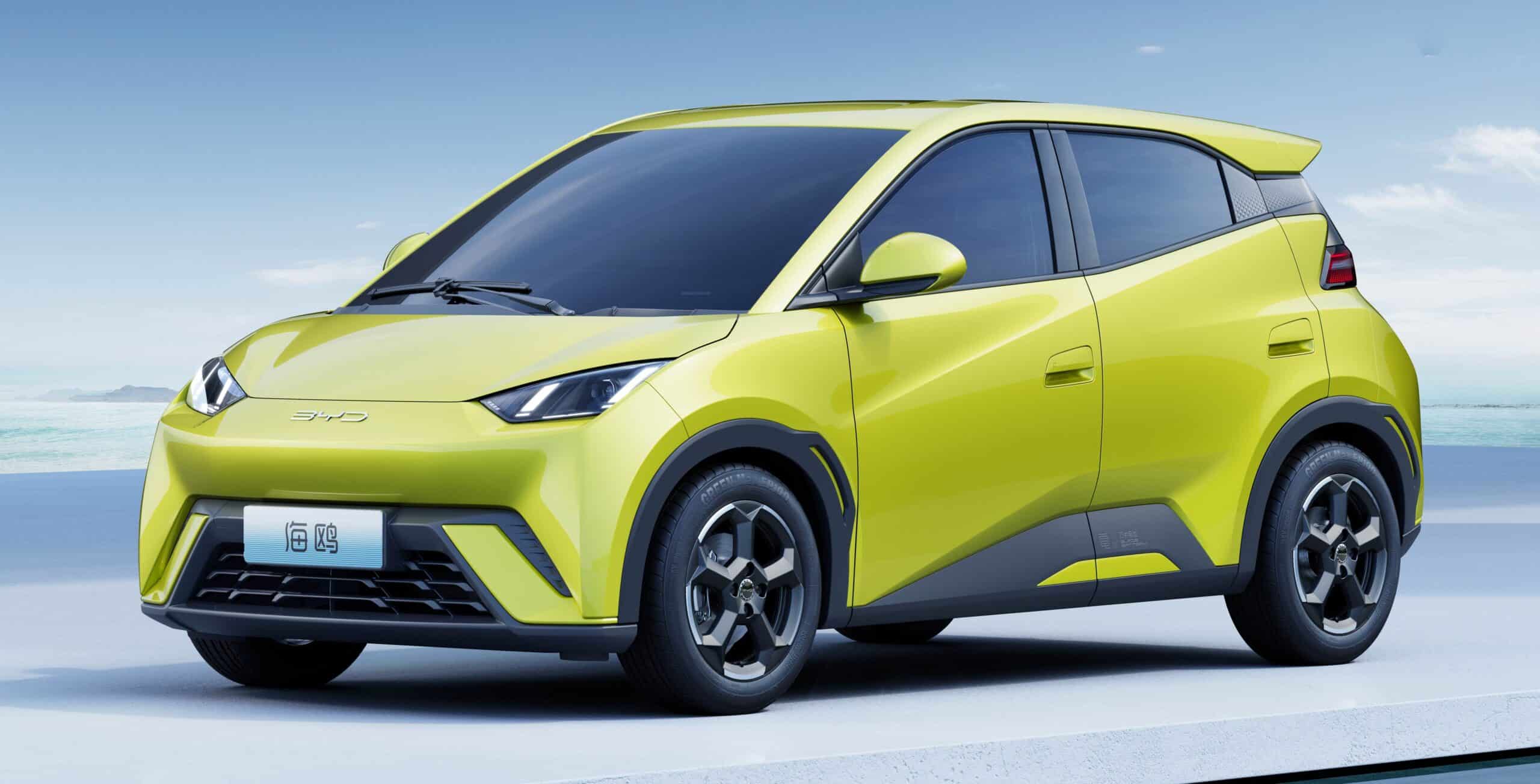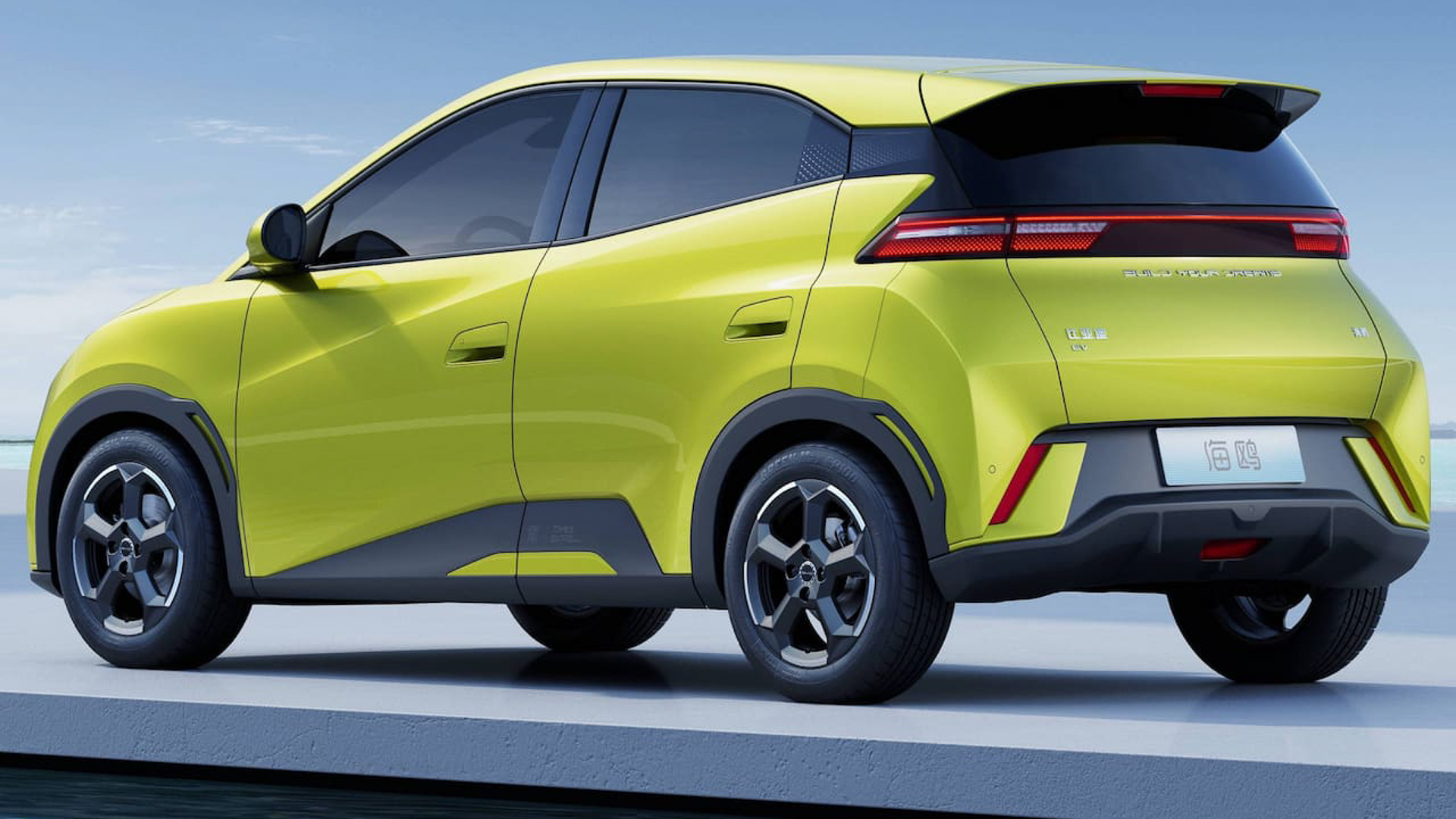
‘Electric cars are far too expensive’. In a year that will see the demise of both the Ford Fiesta and Volkswagen Golf, with neither giving way to an affordable electric successor, it’s a statement that rings true for many drivers.
With just over a decade to go until the sale of new petrol, diesel and hybrid cars is outlawed in the UK in 2035, cut-price electric cars are needed more urgently than ever – and the solution might well come from China.
Once the buyer of aspirational Western luxuries instead of the producer of its own, the country has pumped billions of yuan into growing its own car industry. The result is a market full of firms producing battery-powered vehicles for China, and which now want to start exporting to the rest of the world to compete with some of the best electric cars in the market.
We’ve already seen success from MG, the classic British brand that’s now the property of Chinese state-owned carmaker SAIC, and you may have recently seen TV adverts for the amusingly named ORA Funky Cat, from China’s Great Wall Motors.
Next up is Build Your Dreams, another Chinese electric car company, which recently announced the Seagull. BYD’s smallest car yet and falling into the B-segment somewhere between the Fiat 500 and MINI Cooper, the Seagull is a five-door, four-seat electric supermini with city-friendly dimensions and a claimed range of up to 252 miles.

Inside you’ll find a 12.8-inch infotainment display and a 5-inch screen behind the steering wheel – but what’s most remarkable, by some margin, is the price. The BYD Seagull costs from just 78,800 yuan, which is about £9,100 or $11,400.
No wonder the company received 10,000 pre-orders within 24 hours of the car being unveiled last month. An analyst told Reuters how the Seagull could become China’s best-selling car in six months. “This redefines the whole market in terms of a price value proposition,” Bill Russo of Automobility said.
Built on the same third-generation platform as BYD’s larger Dolphin and Seal electric cars, the Seagull is available with battery options of 30 kWh for 190 miles of range and 38 kWh for 252 miles. To understand just what a huge difference weight makes to range, the latter is almost identical to the size of a hybrid Range Rover’s battery pack, which manages just 70 miles before the engine kicks in.
Other tech fitted to the budget Chinese hatchback includes front and rear LED lights and a wireless phone charger. BYD hasn’t said what rate the Seagull’s battery can charge at, but says filling from 30% to 80% using a DC public charger can take as little as 30 minutes.
There’s no word yet on whether BYD will sell the Seagull outside of China, but at such a low price it would surely go down well with European drivers. It is less than half the price of its rivals and only £1,500 more than the Citroen Ami quadricycle, which manages just 46 miles of range from its tiny 5.5 kWh battery.
As the reborn MG has proven, British buyers seem less concerned with badge loyalty (and snobbery) than ever before. Would they stretch as far as a budget Chinese EV for their daily driver? We wouldn’t bet against it.







